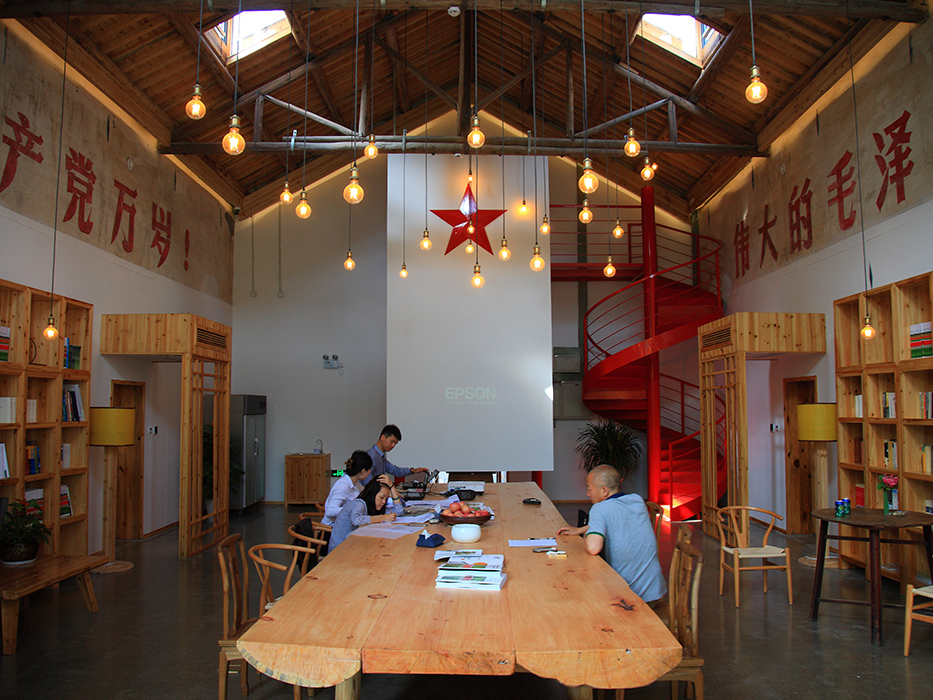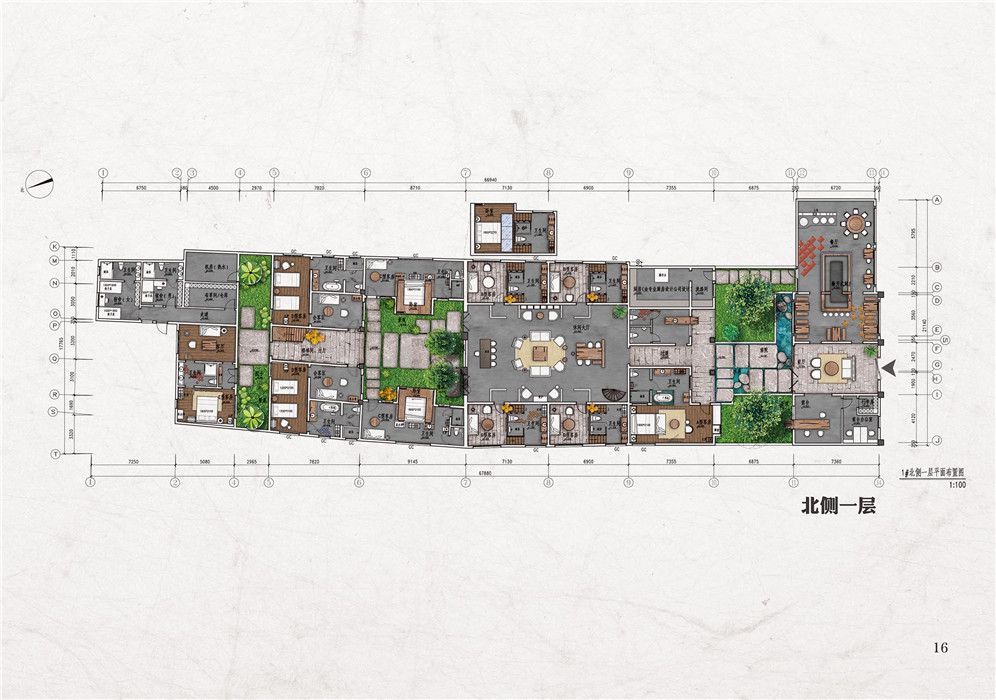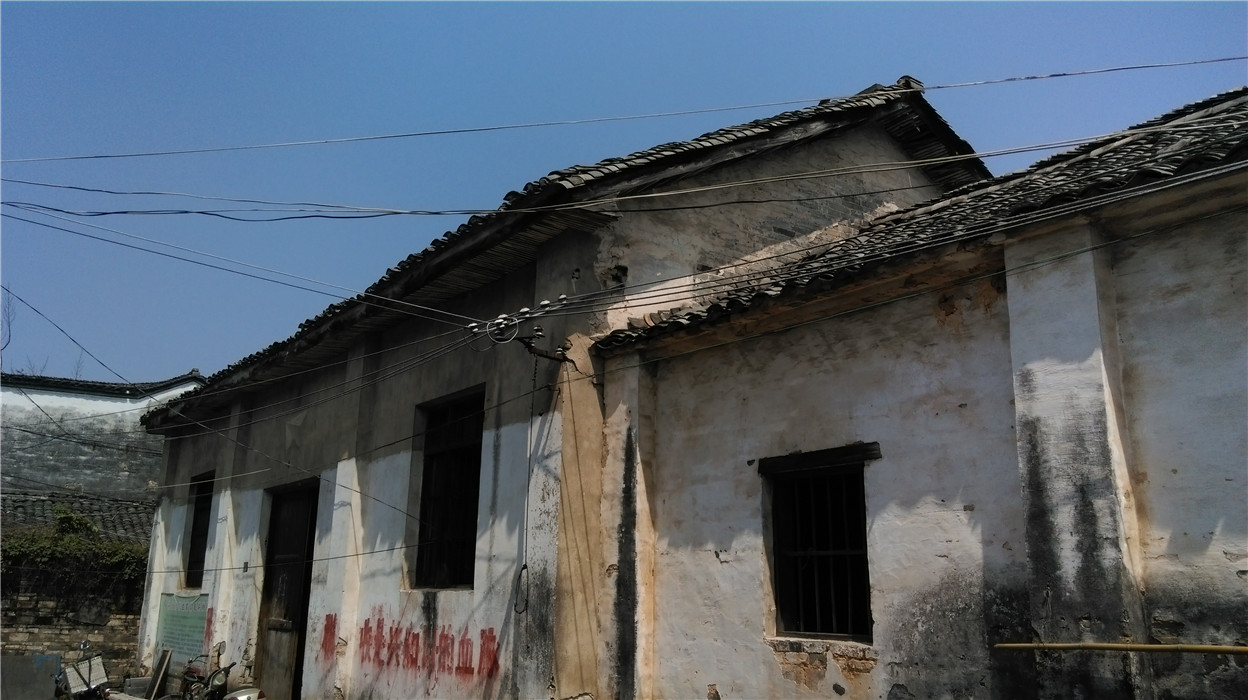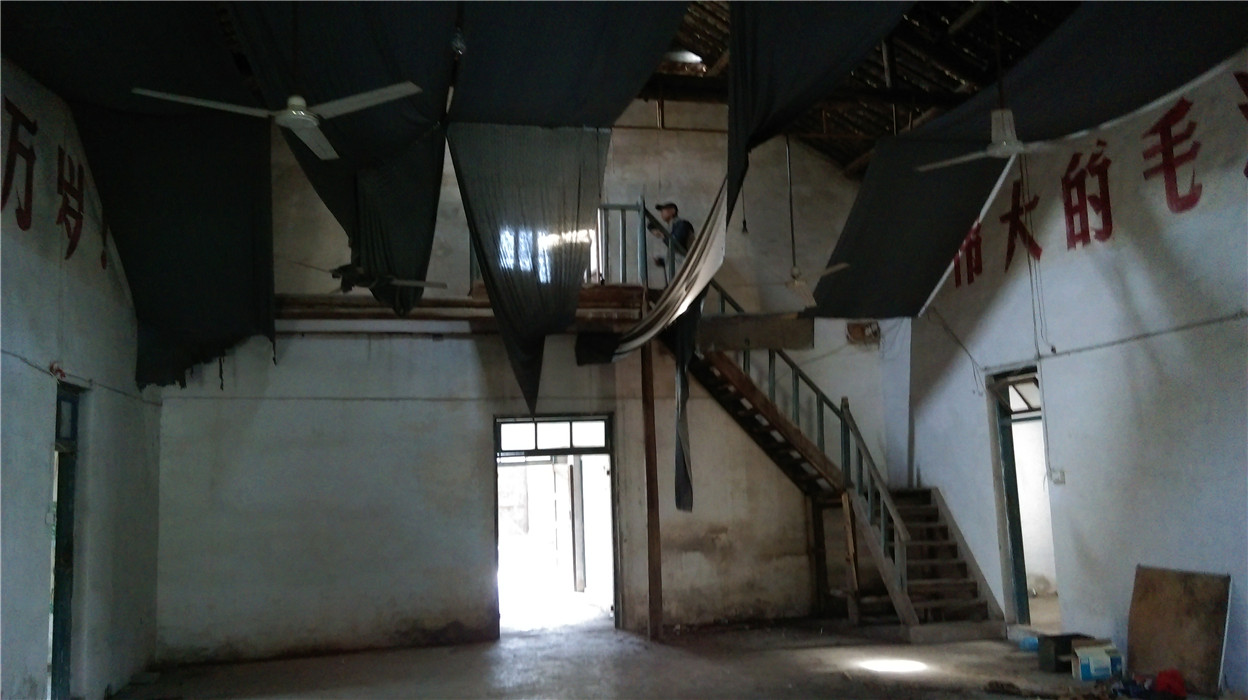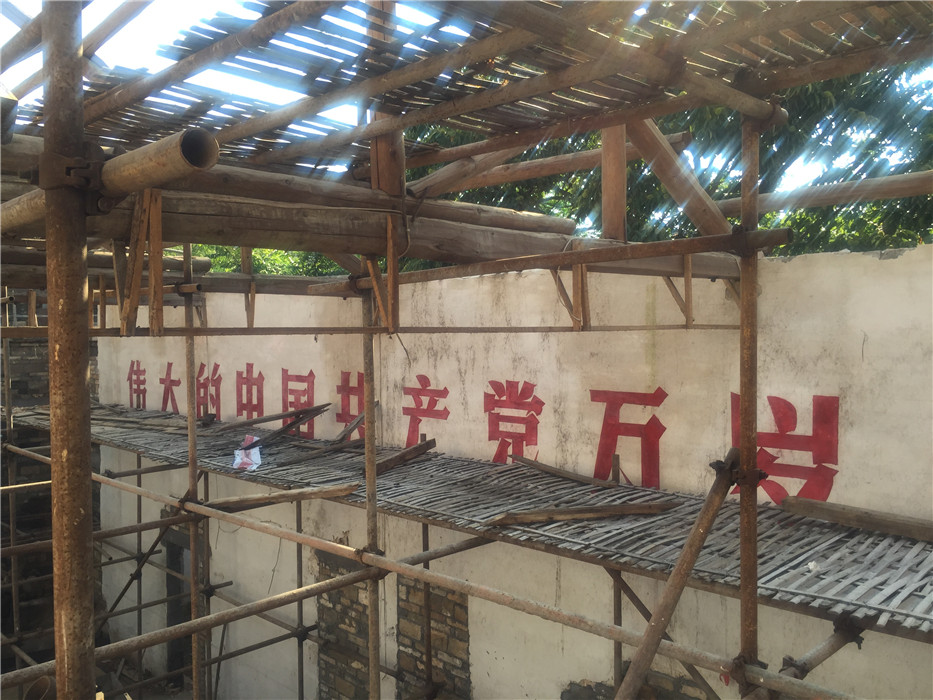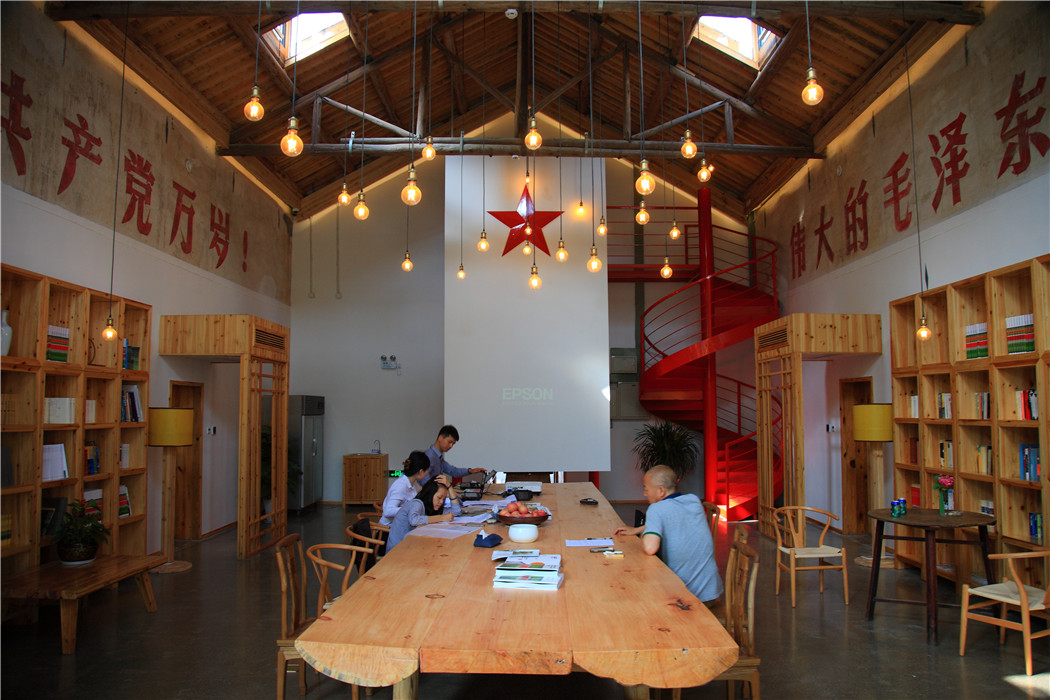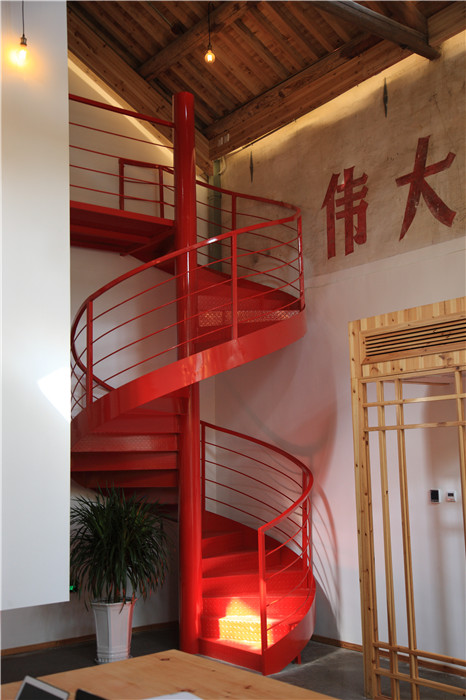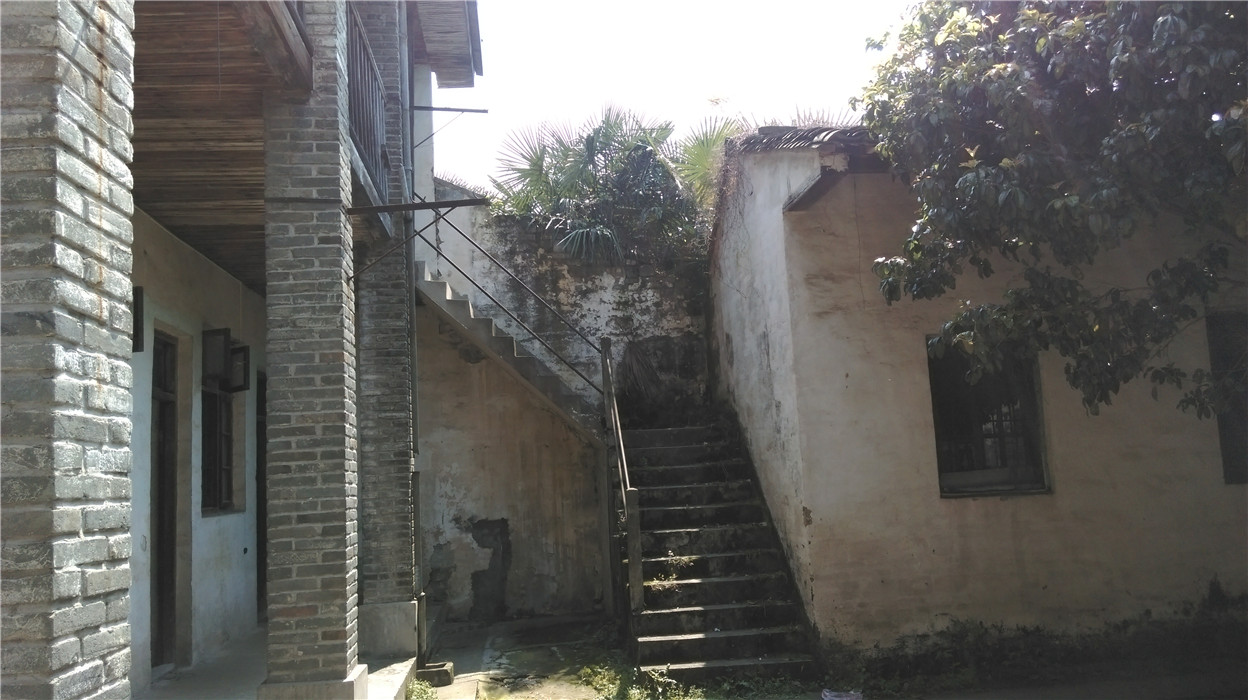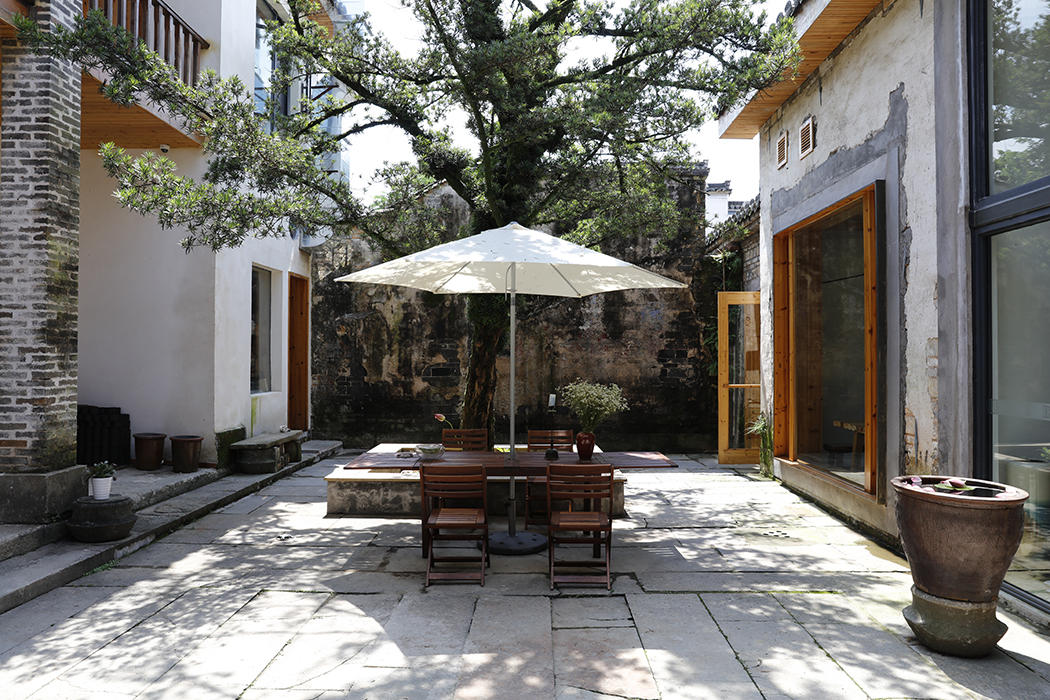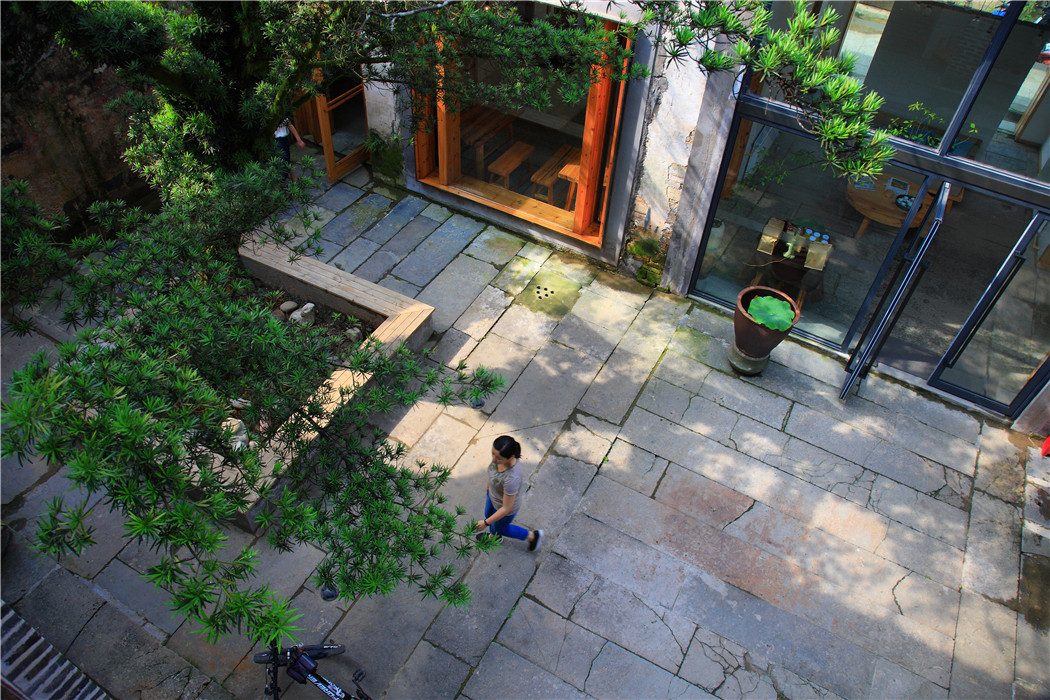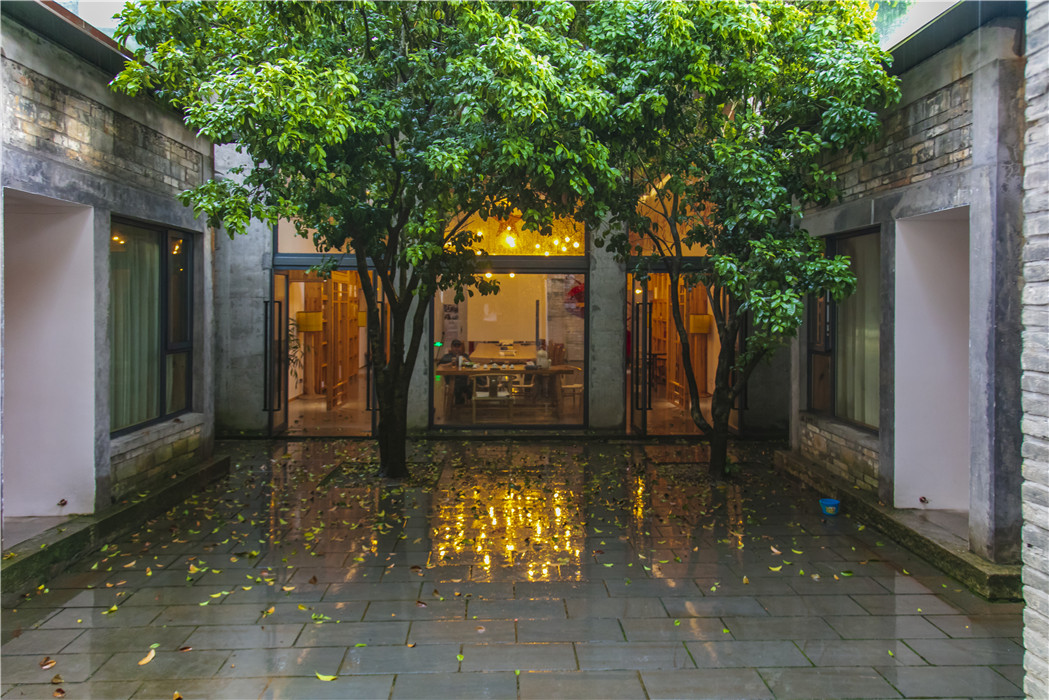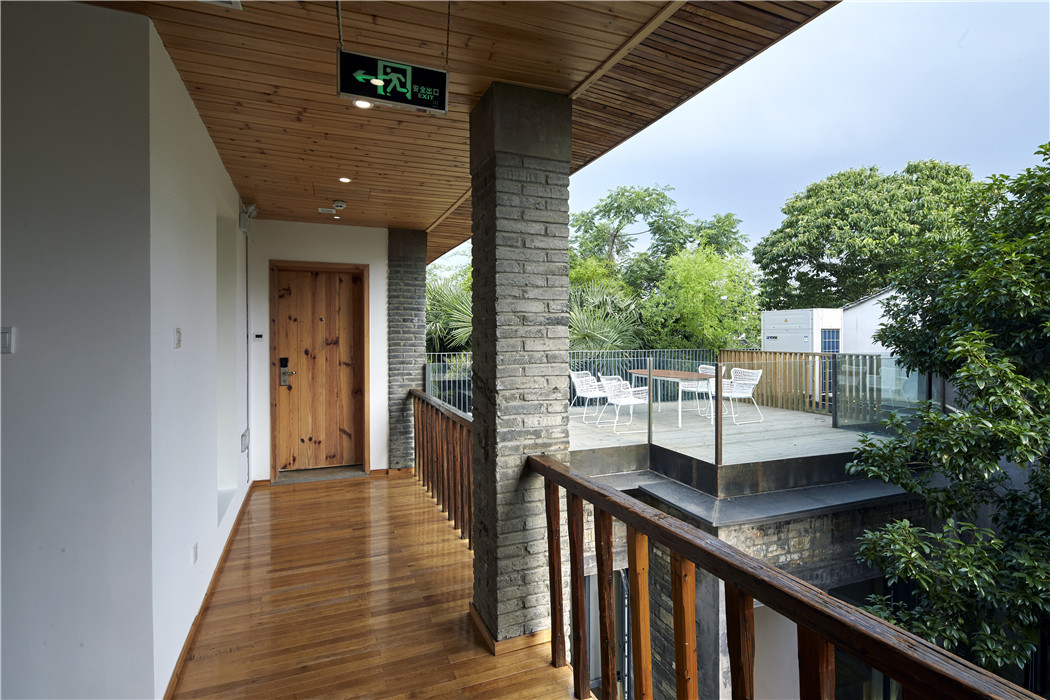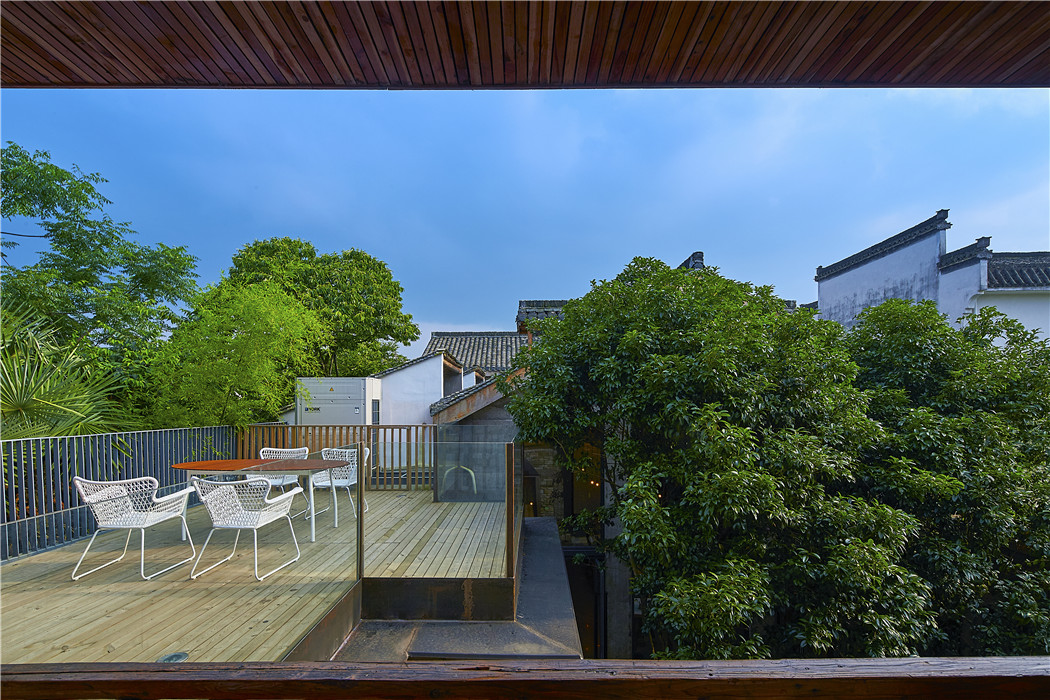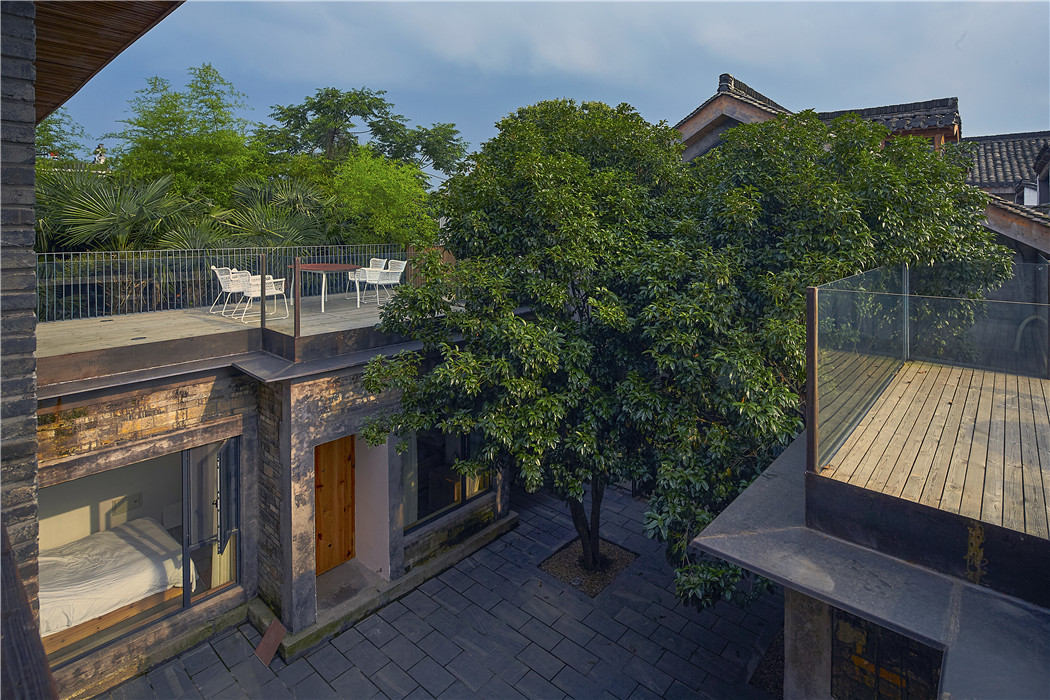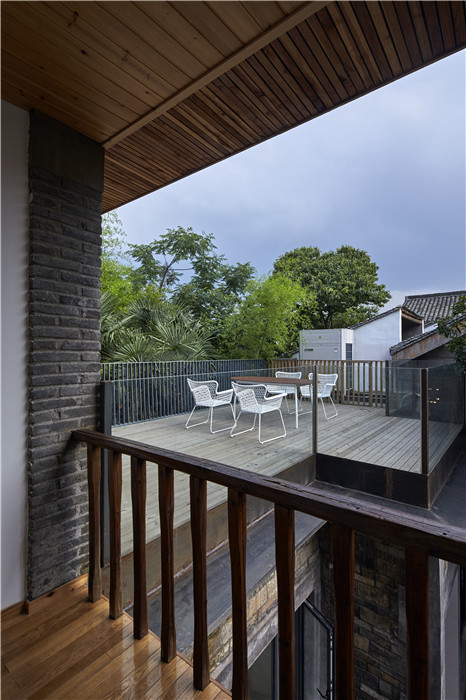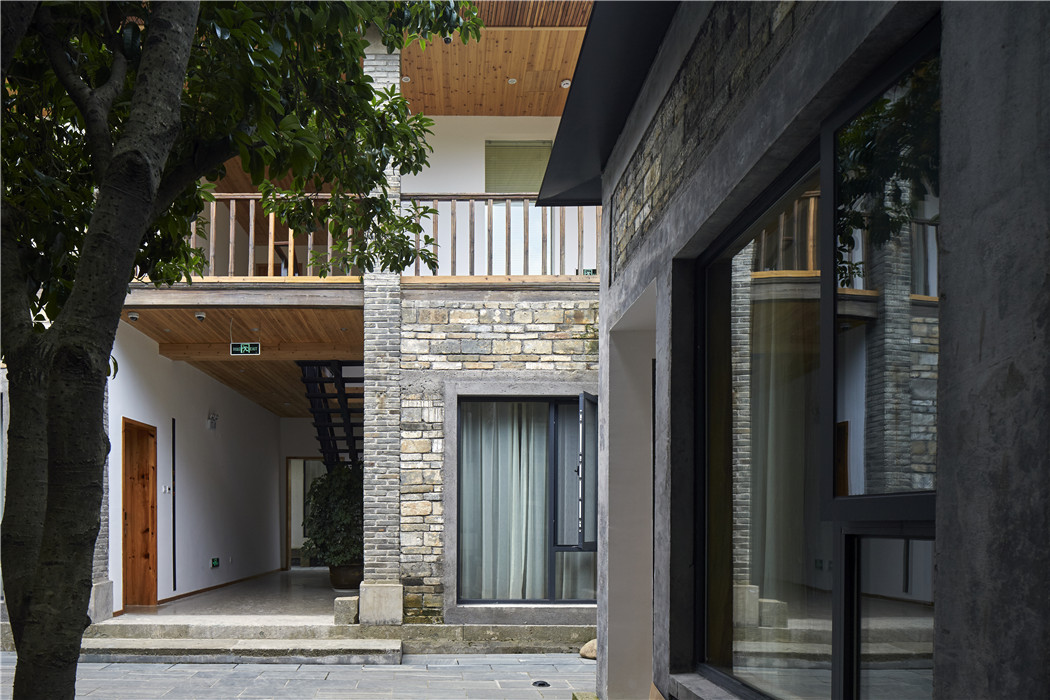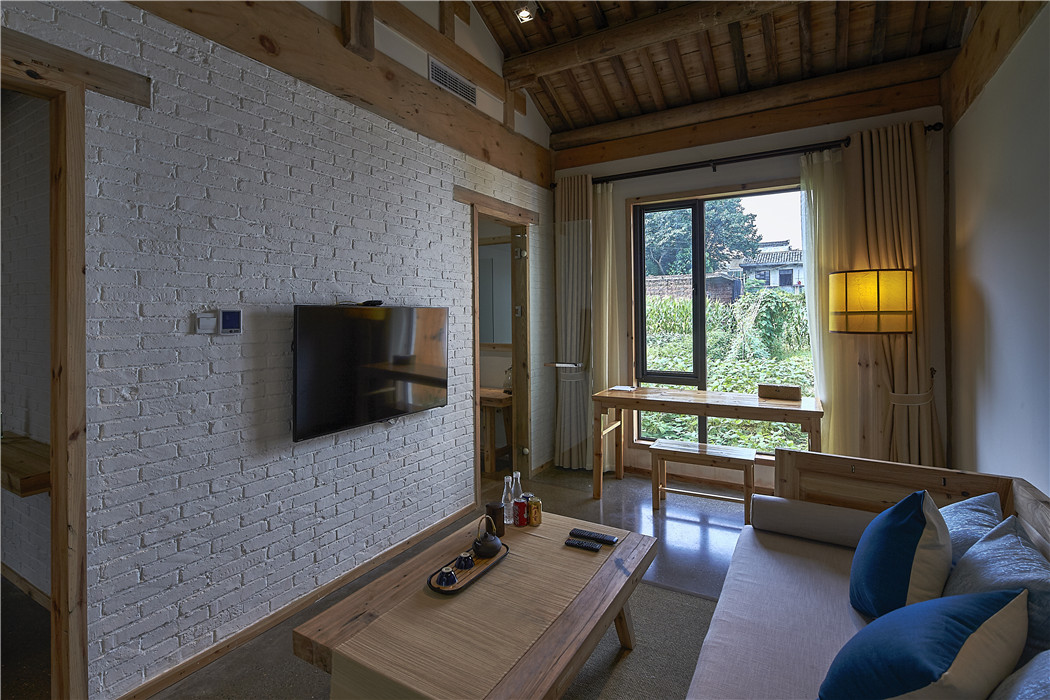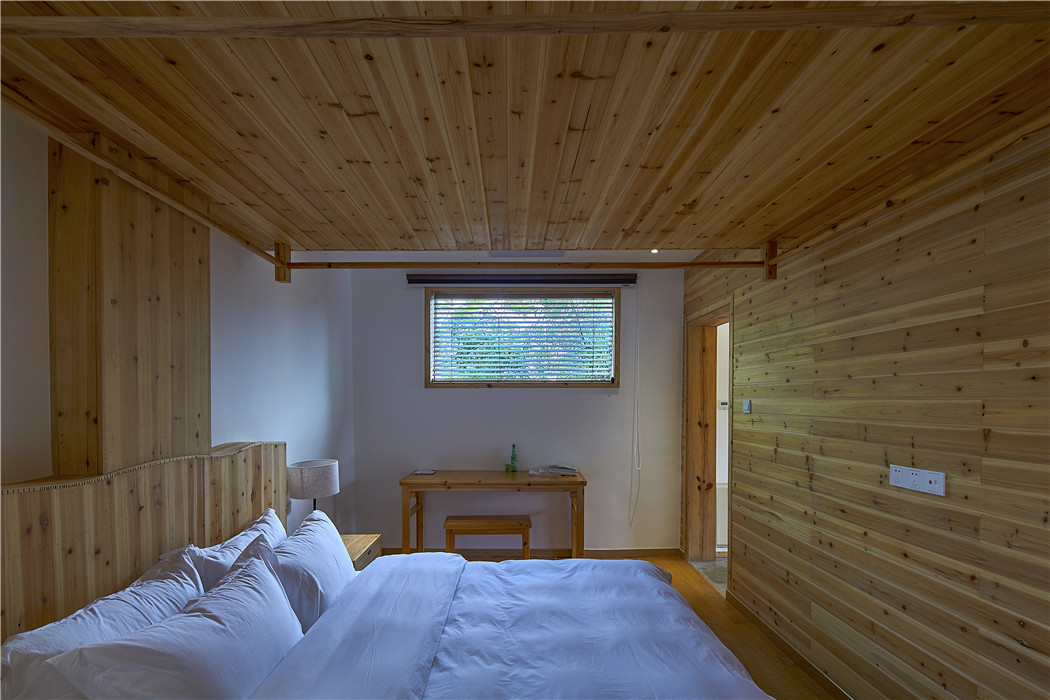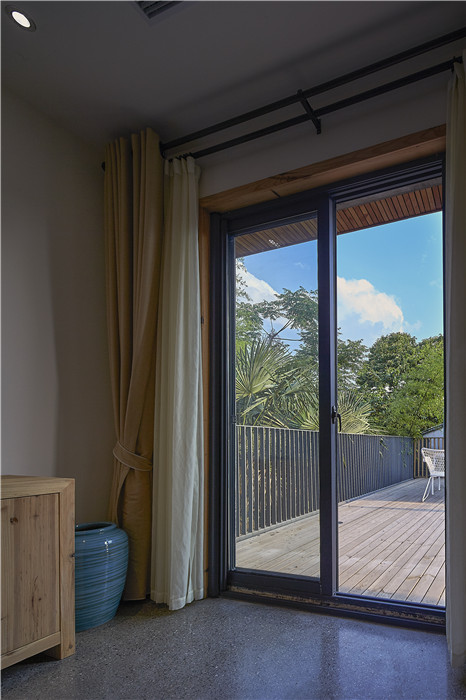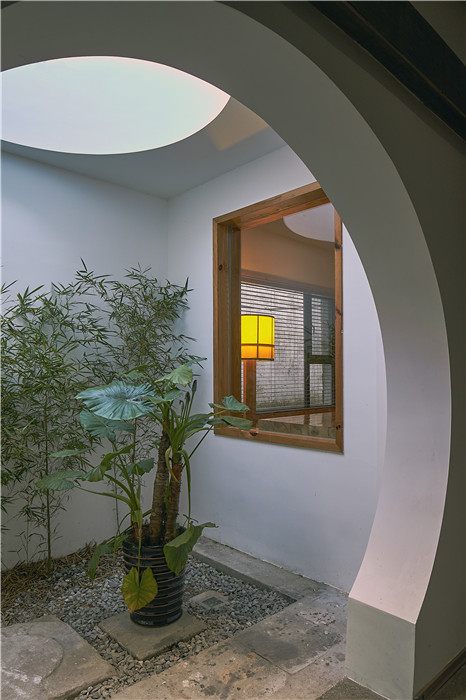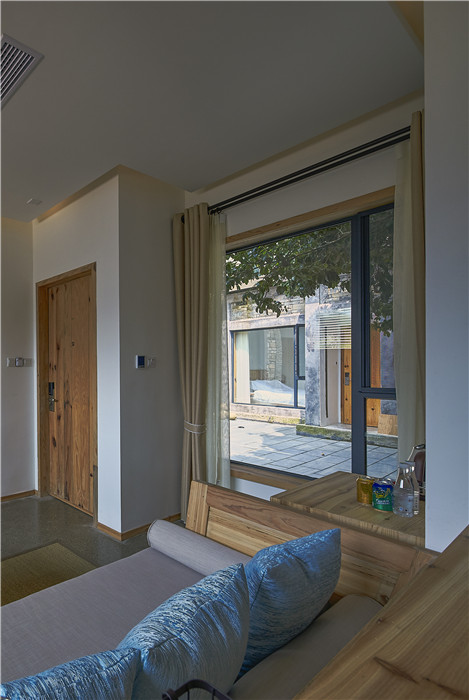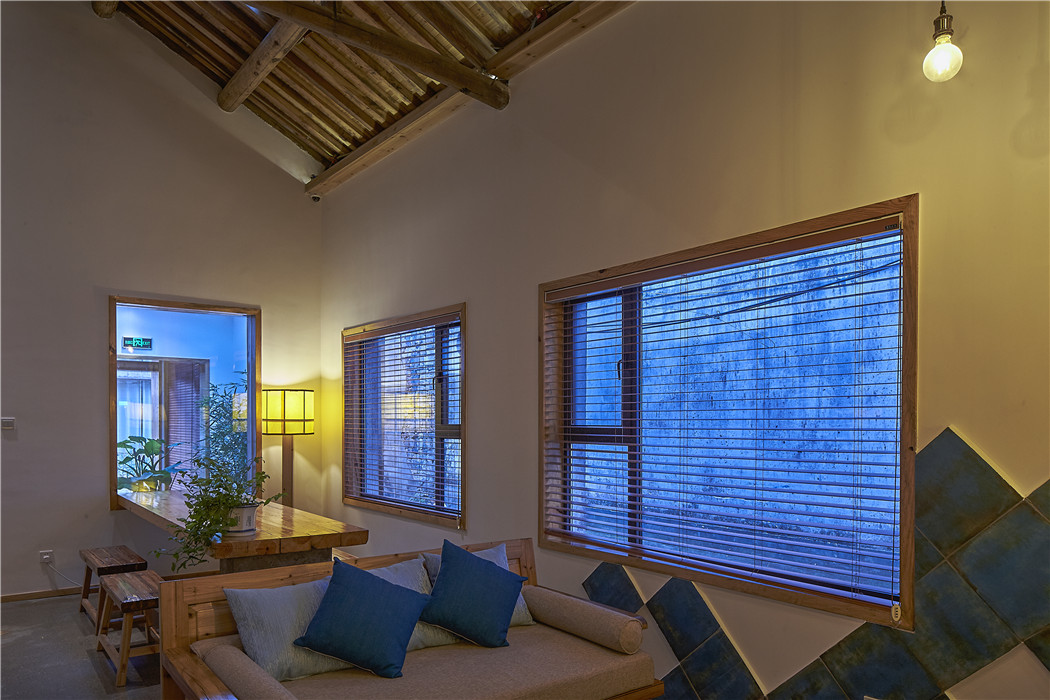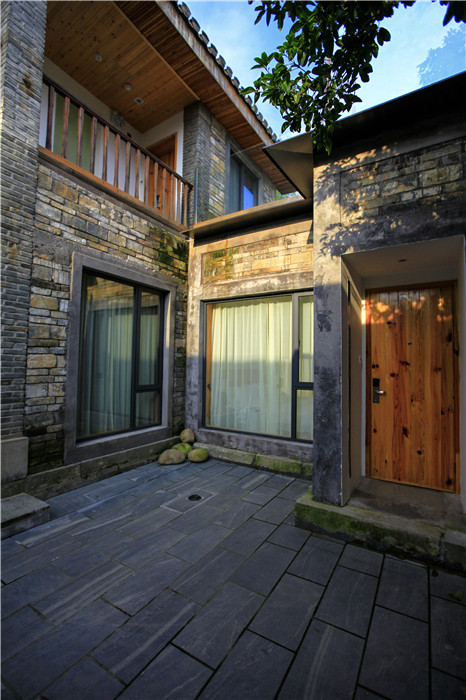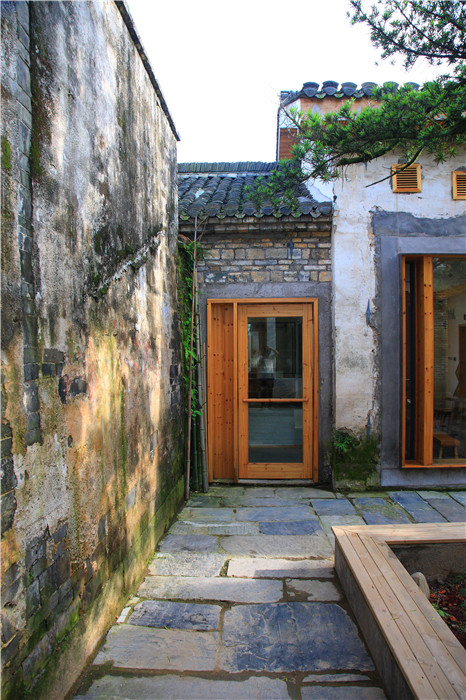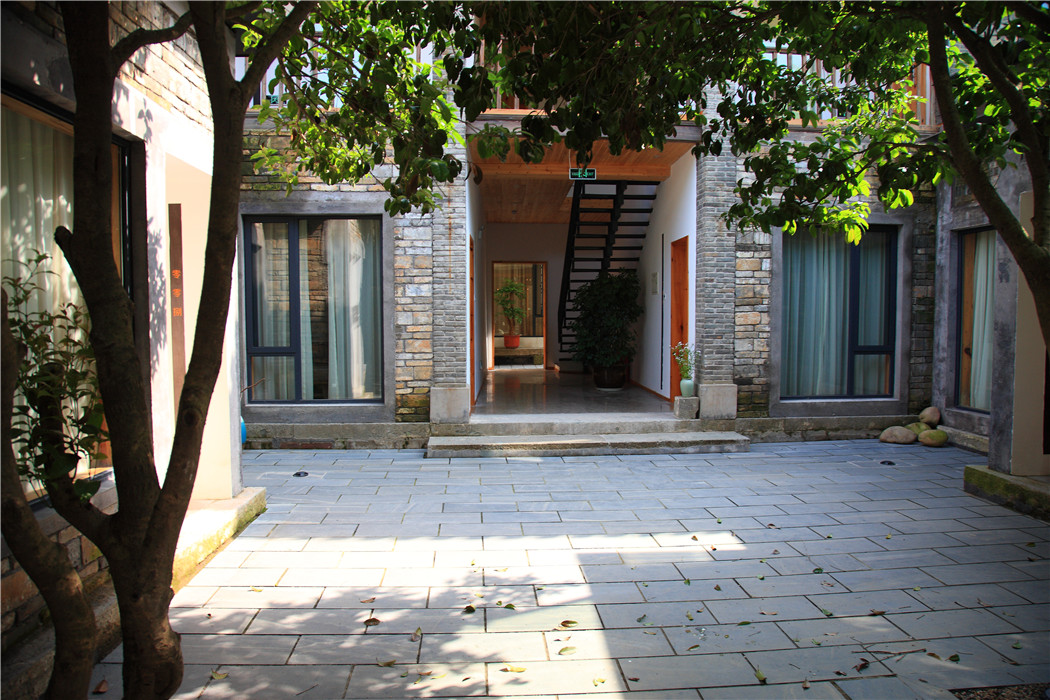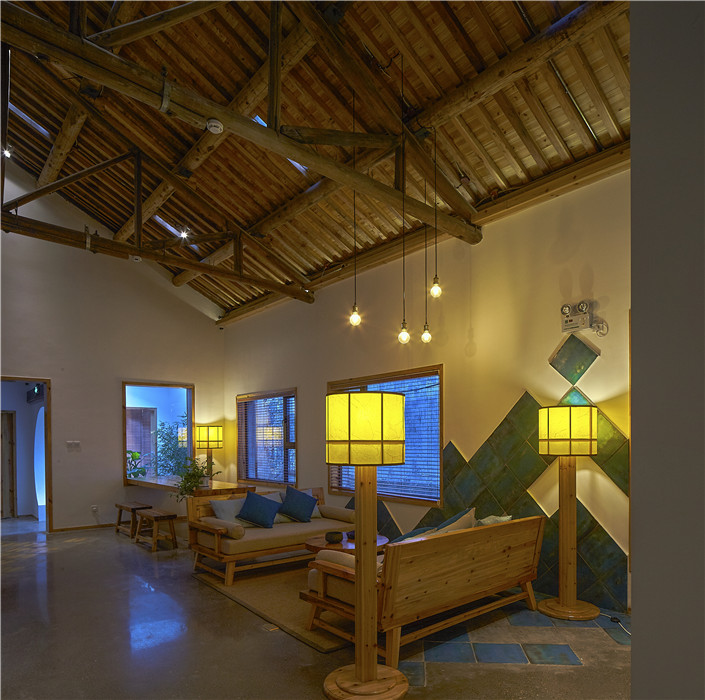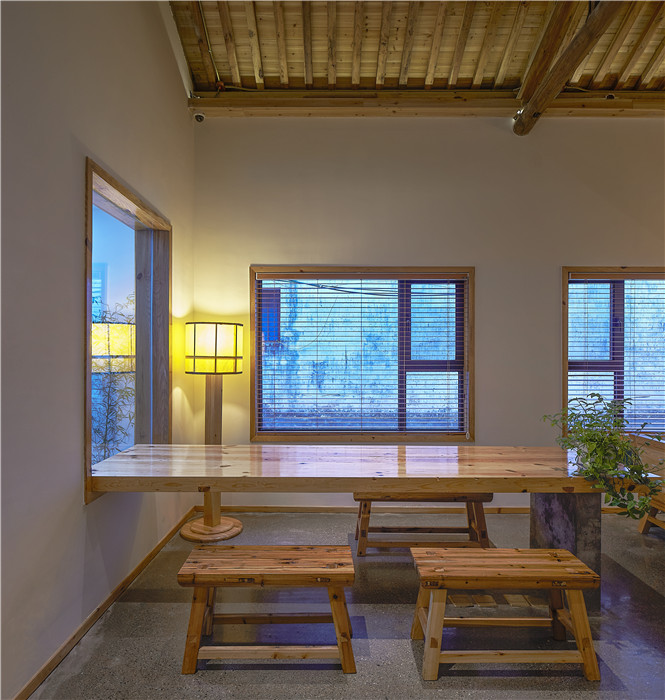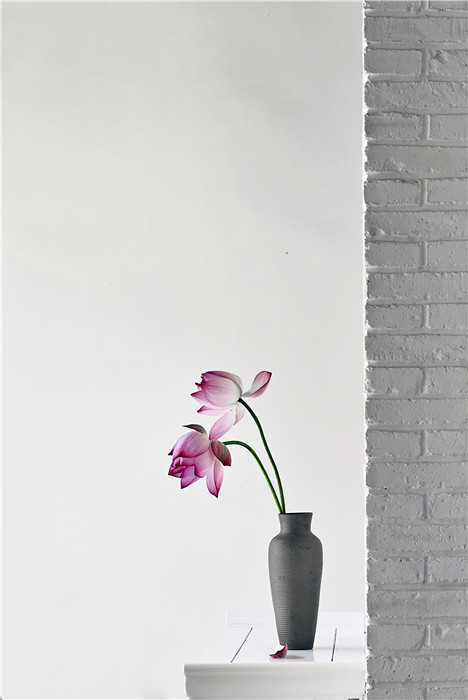Xixinan Wangshan·Villa Lotus
Project Information
- Project Location:
- China Huangshan, Anhui
- Project Scale:
- 1300㎡
- Design Time:
- September 2015
- Build Time:
- May 2016
- Client:
- Beijing Wangshan Investment Co., Ltd
- Related Papers
Project Profile
1. Project Statement
Huangshan Villa Lotus is located in Xixinan Village which is an old village with thousand years history, on the south foothill of Huangshan Mountain and on the bank of Fengle river. The hotel is divided into two parts by the middle street, covering a total area of more than 1300 square meters.
2. Design Strategy
Huangshan Villa Lotus is one of beautiful boutique hotels of “Wangshan Hotel" under the brand "Wangshan Life". The hotel brand named "Wangshan" is because of the genuine expectation of our guests feel the beauty of new rural life and be able to see mountains, see water, and remember homesickness.
In Huangshan Villa Lotus, guests will fully experience the freshness and the simple life in the village. Our guests will enjoy the surrounding sceneries, immersive with authentic Huizhou culture, and listen to the elder telling xixinan’s long history stories. Guests in our hotel will be able to slow down and enjoy their life with our hospitality services.
Huangshan Villa Lotus building was a village commune originally. We respect its unique building typology and the building as an important memory of village.
The renovation strategy is to remain its own unique characters and structures which includes not only traditional hui-style architecture but also commune memories. For instance, we preserved the original commune canteen and kitchen, the red print of Quotations From Chairman Mao on the wall of hall. In the courtyard, a 300 years old Chinese pine and three osmanthus trees are been carefully taken care of. Living in Huangshan Villa Lotus, our guests will hear birds singing, smell flowers fragrant, and enjoy a piece of quiet.
Besides, adaptive strategies are introduced into the project. The methods of "framing", "filling" and "adding" are carefully applied in different situations in accordance to retention, regeneration and reuse for revitalizing the heritage.
